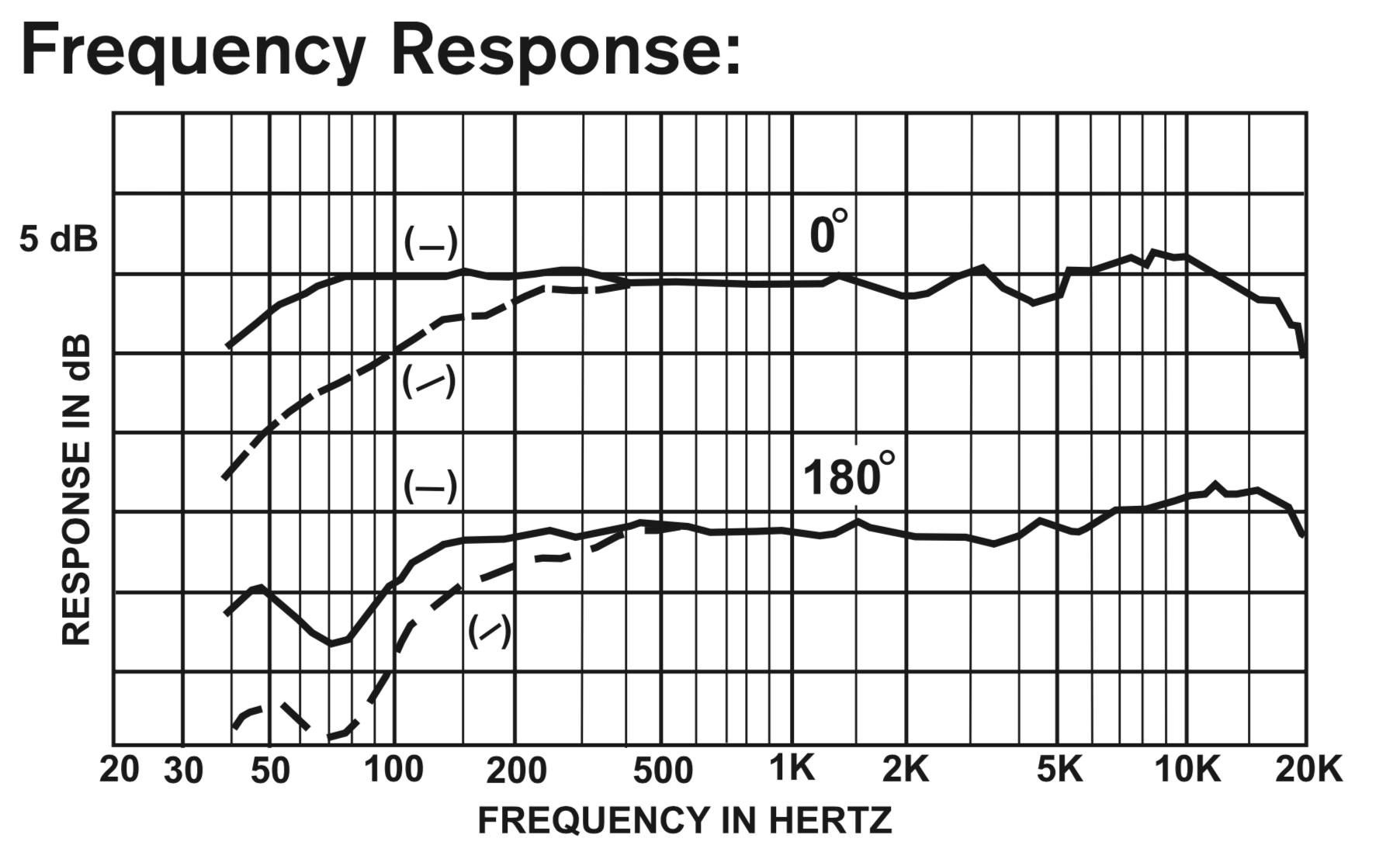Today we're looking at a microphone from Amazon...let that sink in. Amazon is making microphones now. The mic we're looking at is the efficiently titled AmazonBasics Desktop Mini Condenser Microphone
For the majority of this review, I have the mic connected directly to my mac with the gain set at approximately 40%, with a boost of +4dB in post to make the audio more listenable.
If you are interested in this microphone, it will set you back $43.00 on Amazon
What's In the Box
Microphone (Preinstalled mount: 5/8" threading)
Desktop Tripod
1.5m USB Cable
Documentation
Specifications
Frequency Response: 50Hz - 18kHz
Polar Pattern: Cardioid
Sensitivity: -35dB
Bit Depth: 16-Bit
Sample Rate: 48kHz
Performance / Features
The build quality of this mic feels bad man. The body is made out of a very cheap feeling plastic that feels very weak. The grill is metal and feels sturdy enough to withstand a few drops, but the mic is all around very light and feels cheaply made. On the top of the mic there is a Blue LED indicator light to indicate that you are connected, and this light will turn red if you mute the microphone with the large microphone mute button. The light unfortunately does not offer any sort of metering to inform you of a clipping signal. On the back you have a single USB port, and on the bottom you have the mount.
The frequency response is listed as 50Hz - 18kHz. No graph was provided, so we're unable to analyze that. Listening to the audio samples it sounds as though there is somewhat of a boost in the low mids section with at times leads to a boxy sound, or almost muddy sound on the electric. There also seems to be a boost that slightly accentuates more nasally tones.
The overall performance here was surprising. On the electric guitar the tone was a little bit muddy, but definitely usable for demos. The acoustic guitar sounded pretty nice with the low mids adding a good amount of body, while the highs remained clear without being overpowering. For singing this had a warmer tone to it, and all around it was fairly smooth sounding. For spoken word, it also sounded surprisingly good for the price. As previously mentioned, it can sound a little bit nasally, or a little bit boxy, but all around for skype meetings, chatting with friends, or recording demos at home, I think it was really nice.
Pros
Overall nice sound for the price
Clean preamp up to about 80%
Plenty of gain, without being too hot
Cons
Terrible performance with plosives
On the verge of being boomy at times
No 0 latency monitoring
Really bad feeling build quality
Conclusion
To summarize my thoughts of this microphone in a single word: Surprised. This microphone exceeded all my expectations. A lot of budget usb microphones fail significantly in at least one of these tests, but this mic provided usable audio in every scenario. Is it the best microphone on the market, no. Did they sacrifice a lot on the build quality, yes. But it does seem like they sacrificed the build quality to allow more money to be placed into the audio quality which turned out great.
If you're looking for a budget usb condenser microphone, and you're considering this mic, I would suggest it, but make sure to pick up a pop filter, make sure to take care of it, and if you have a few bucks left over, I'd suggest picking up a boom arm.
If you have any additional questions about this microphone, leave them on the youtube video, and I will try to reply ASAP.
Buy the AmazonBasics Desktop Mini Condenser Microphone
US: https://amzn.to/2utsY1f
UK: https://amzn.to/2zL1r0o
CA: https://amzn.to/2zH3baQ
DE: https://amzn.to/2zUmIVJ
























